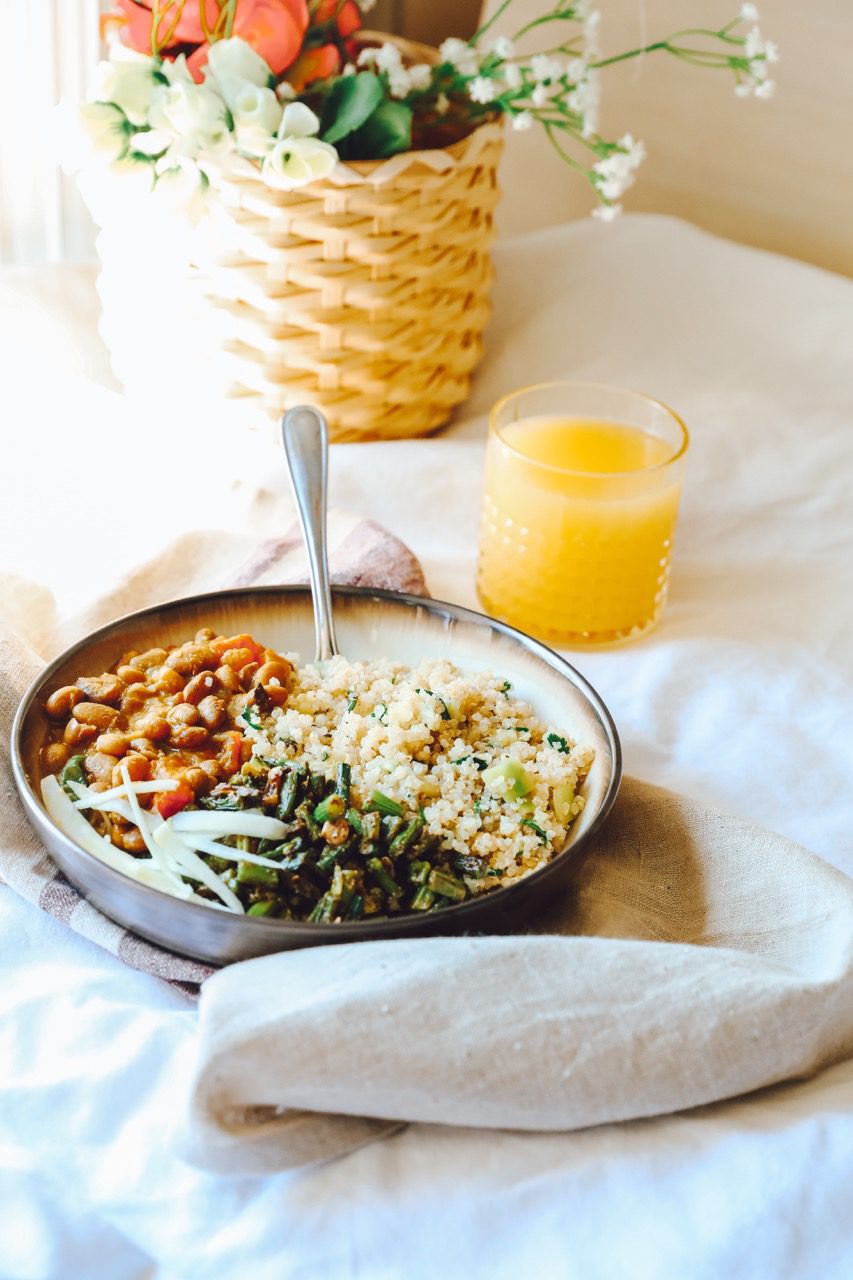
Don’t Be Fooled By These “High Protein” Foods
If you have been following me for awhile, you know that one of my key pieces of advice (especially for women 40+) for burning fat, balancing blood sugar, managing stress and staying young is to eat more protein. I typically suggest high quality protein sources such as grass-fed meat, wild caught seafood, pasture raised eggs and organic grass fed greek yogurt. However, I see so many foods being touted as ‘high protein’, when they are really not!
In this article, we will discuss 6 foods that are commonly thought to be high in protein, but actually are not:
1) Peanut Butter
Often touted as a high protein option to add to oatmeal, peanut butter is actually 50% fat (that is 16g per 2 tablespoon serving) and only 25% protein, which is about 8g per serving. This means, you would need to eat over 1/2 a cup in order to get 32g of protein, or the amount that is in a 5oz serving of steak or half of a chicken breast. You would also be consuming 64g of fat and 752 calories! Additionally, peanut butter is not a complete protein, meaning it lacks some of the 9 essential amino acids (in this case methionine) that are bodies must obtain from food. Consequently, you would need to add an additional protein source that contains methionine such as sunflower seeds or hemp seeds.
2) Beans
Beans are typically a quintessential part of a plant based diet, and while they do contain beneficial nutrients and fibre, they are actually made mostly of carbohydrates (72% to be exact). A one cup serving of cooked kidney beans offers 15g of protein along with about 45g of carbohydrates. I recommend consuming around to 30g of protein per meal, so you would need to eat 2 cups of cooked beans in order to reach that goal, which means you will also be consuming 90g of carbohydrates. Plus, beans are not a complete protein as they lack the amino acids methionine and tryptophan. Instead, I recommend organic tofu and soybeans as these are complete sources of protein.
3) Almonds
Whilst they have overrun grocery store shelves in countless different forms from nut milks, to flour, to dairy free cheeses and cereals, I do not consider almonds to be a high quality source of protein. They are actually 76% fat! In order to get 30g of incomplete protein from almonds, you would need to eat about 1.5 cups, which would also mean consuming 72g of fat and over 800 calories just in one sitting. Almonds can also be difficult for our bodies to digest, leading to bloating, gas and digestive issues when consumed in excess.
4) Lentils
Like many other plant proteins, lentils lack the amino acid methionine, so they are also not a “complete protein.” And whilst a 1 cup serving does offer 18g of protein, lentils are a majority carbohydrates. In order to obtain all of the essential amino acids, you would need to pair them with something like sunflower seeds or soybeans. Lentils are, however, a great supplement to a salad to add extra nutrients and fibre, and you can never go wrong with a bowl of hearty lentil soup!
5) Quinoa
Quinoa is one of the few plants that is actually a complete protein, and it offers many more nutrients than grains like rice. Quinoa is still, however, fairly high in carbohydrates when compared to its protein content. It is made up of 72% carbohydrates, which means a 1 cup cooked serving offers about 40g of carbs and only 8g of protein.
6) Protein Bars
Whilst protein bars may seem like a great high protein grab-and-go snack, they often contain excessive sugar and hardly any protein. KIND Bars, for example, have 5g of sugar per bar and only 6g of protein. Even RX Bars, which are made with simple ingredients, have 15g of sugar per bar and only 12g of protein! Instead of relying on these protein bars when you’re in a rush, try grabbing a bag of jerky or meat sticks for more protein and fewer refined carbs and sugars (my favorites are Chomps and Epic).
Want more protein-rich meal options? Download my FREE 3-Pillar Protein Guide and Learn how to optimize your meals for a metabolism boost, higher energy, and glowing skin.
Helping
High-Achieving
Women Create
Optimum
Health
home
about
private coaching
The Metabolic Beauty Reset
corporate wellness
blog
privacy policy
terms & conditions
contact
© 2021 Jennifer Hanway, llc | All Rights Reserved | brand + website by high Moon studio
Programs